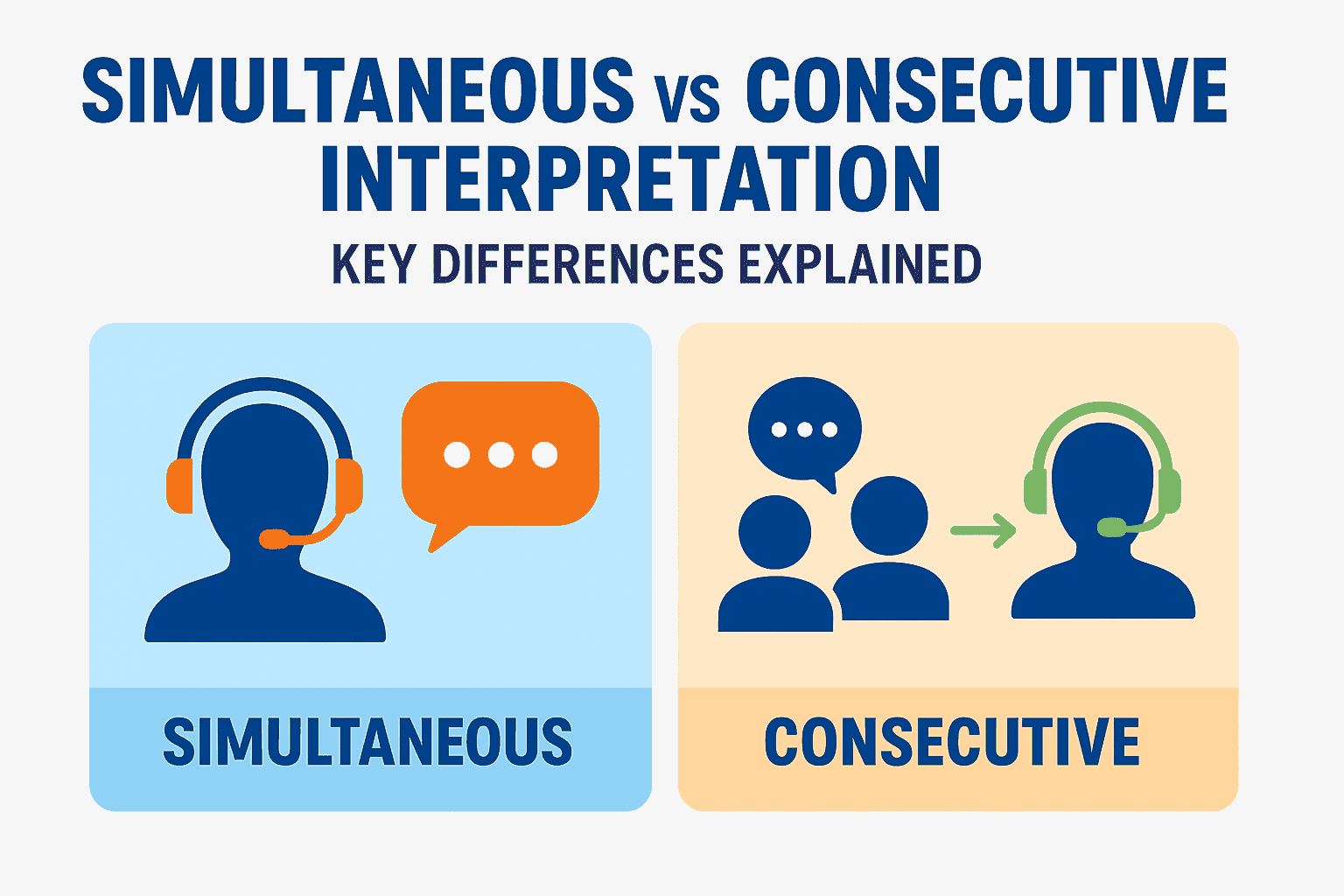
The Comprehensive Guide to Developing Your Localization Strategy
Localization goes
beyond language translation. Adapt your content to reflect local customs,
traditions, and values. Consider cultural sensitivities, imagery, colors, and
symbols to create a truly immersive and culturally relevant experience.
4. Selecting the
Right Localization Tools
Choose appropriate
localization tools and technologies that align with your specific needs.
Content management systems, translation memory tools, and localization
platforms can streamline the localization process, improve efficiency, and
ensure consistency across multiple languages.
5. Establishing
Localization Workflows
Develop a well-defined
localization workflow that includes collaboration between content creators,
translators, and localization specialists. Clearly outline the
responsibilities, timelines, and quality control measures to maintain
consistency and accuracy throughout the localization process.
6. Testing and
Quality Assurance
Thoroughly test your
localized content to ensure functionality, readability, and accuracy. Conduct
linguistic and functional testing to identify and rectify any issues before the
content goes live. Implement quality assurance measures to maintain a high standard
across all localized materials.
7. Continuous
Monitoring and Optimization
Localization is an
ongoing process. Continuously monitor and analyze the performance of your
localized content. Gather feedback from local users, track key performance
indicators, and make data-driven optimizations to improve the effectiveness of
your localization strategy.
Overcoming
Localization Challenges
1. Language Nuances
and Idioms
Languages have unique
nuances, idioms, and expressions that may not have direct equivalents in other
languages. Overcome this challenge by engaging professional translators with a
deep understanding of both the source and target languages.
2. Technical
Limitations
Certain technical
limitations may arise during the localization process, such as character
limitations, text expansion, or font compatibility. Collaborate with developers
and designers to address these issues and ensure a seamless user experience
across all target languages.
3. Legal and
Regulatory Compliance
Different countries
have distinct legal and regulatory requirements that impact localized content.
Stay updated with local laws, privacy regulations, and data protection policies
to ensure compliance and avoid any legal issues or penalties.
4. Time and
Resource Constraints
Localization can be
time-consuming and resource-intensive, especially for large-scale projects.
Prioritize and allocate sufficient time, budget, and human resources to achieve
the desired level of localization without compromising quality or missing deadlines.
Best Practices
for Successful Localization
1. Collaboration
between Teams
Successful
localization requires collaboration between various teams, including content
creators, translators, marketers, developers, and designers. Foster open
communication, establish clear workflows, and encourage knowledge sharing to
achieve cohesive and effective localization efforts.
2. Consistency in
Terminology and Branding
Maintain consistency
in terminology, branding, and messaging across different languages and markets.
Create and maintain a style guide that outlines preferred terms, tone, and
style to ensure a cohesive brand identity across all localized materials.
3. Involving Local
Experts
Engage local experts,
translators, or cultural consultants who possess in-depth knowledge of the
target market. Their insights and expertise can help you navigate cultural
nuances, avoid potential pitfalls, and create content that resonates with local
audiences.
4. Implementing SEO
Strategies
Incorporate search
engine optimization (SEO) strategies into your localized content to improve
discoverability and drive organic traffic. Perform keyword research, optimize
meta tags, headings, and URLs, and ensure that your localized content adheres
to SEO best practices.
Conclusion
Developing a
comprehensive localization strategy is crucial for businesses aiming to expand
their global reach. By understanding the importance of localization, following
the steps outlined in this guide, and implementing best practices, you can
effectively connect with international audiences, enhance user experience, and
gain a competitive edge in the global market.
FAQs:
Q1. Why is
localization important for businesses?
Localization is
important for businesses because it allows them to adapt their products,
services, and content to specific target markets, providing a more personalized
and relevant experience for local customers. It helps businesses establish a
global presence, build trust, and gain a competitive advantage.
Q2. How do I
determine the target languages for my localization strategy?
To determine the
target languages for your localization strategy, consider factors such as
market size, growth potential, customer demographics, and demand. Conduct
thorough market research, analyze your existing customer base, and identify
regions where your products or services have the most potential for success.
Q3. What are some
common challenges in localization?
Common challenges in
localization include language nuances and idioms, technical limitations, legal
and regulatory compliance, and time and resource constraints. Overcoming these
challenges requires careful planning, collaboration between teams, and the use
of appropriate tools and technologies.
Q4. How can I
ensure consistent branding across different languages?
To ensure consistent
branding across different languages, create a style guide that outlines
preferred terminology, tone, and style. Collaborate closely with translators,
designers, and marketers to ensure that brand elements, messaging, and visual
identity are adapted accurately and consistently across all localized
materials.
Q5. Can
localization help with search engine optimization (SEO)?
Yes, localization can help with search engine optimization (SEO). By implementing SEO strategies in your localized localization-services. aspontent, such as optimizing meta tags, headings, URLs, and incorporating relevant keywords, you can improve the visibility and discoverability of your localized content in search engine results, driving organic traffic to your website.



